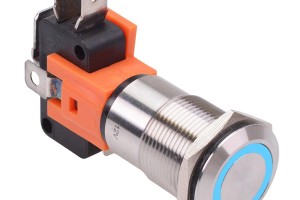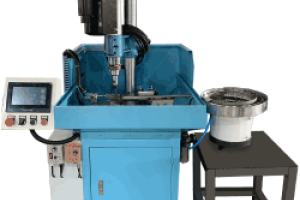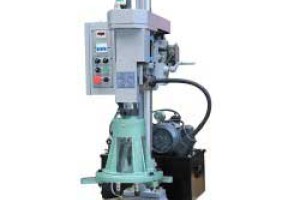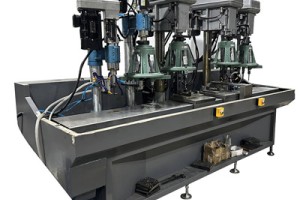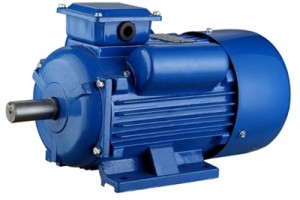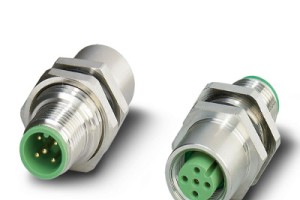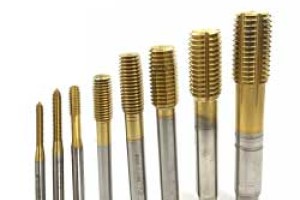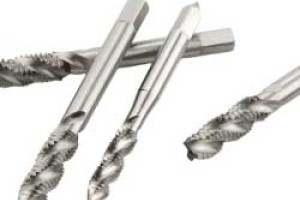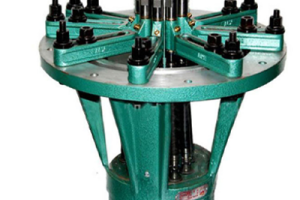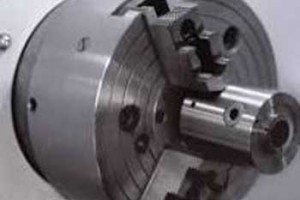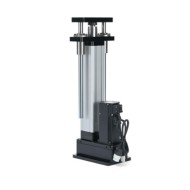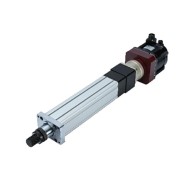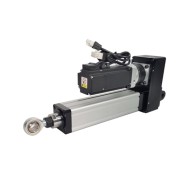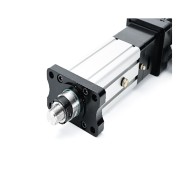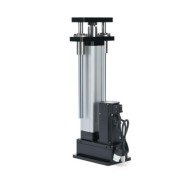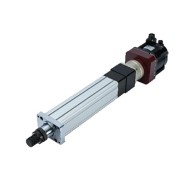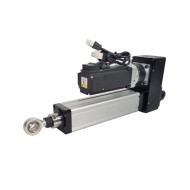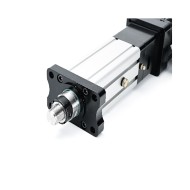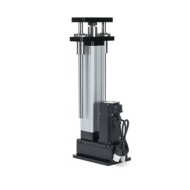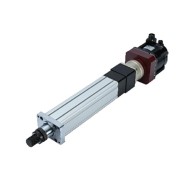



- Stock: In Stock
- Model: SCJ009223
- SKU: SCJ009223
Available Options
Ask a Question About This Product
- Description
1hp (750W) Linear Servo Motor, 2.39Nm, 1.91 kN, 800mm
Brief
Description
Factory price linear cylinder with rated voltage 220 volt, in-line/ reentrant two connections can be chosen. The linear servo is widely used in the paper industry, chemical industry, automobile industry, electronics industry, mechanical automation industry, welding industry, etc.
Specification
| Model | SCJ009223 |
| Rated power | 750W |
| Rated voltage | 220V |
| Structure type | In-line/ Reentrant |
| Lead | 10mm |
| Reduction ratio | 1:1 |
| Rated speed | 3000 rpm |
| Max. speed | 5000 rpm |
| Rated torque | 2.39 Nm |
| Rated thrust | 1.28 kN |
| Rated linear speed | 500mm/ s |
| Max. thrust | 1.91 kN |
| Max. linear speed | 833.33mm/ s |
| Max. stroke | 800mm |
| Diameter | 16mm |
| Inductive switch | Magnetic induction, PNP, 2NO (Please contact us for other switches) |
| Motor brand | Japan |
| Pressure sensor | Not include (50kg/100kg/200kg/300kg/400kg/500kg/600kg/800kg/900kg/1T/2T can be customized, please contact us if necessary) |
| Weight | 43kg |
| Certificate | CE |
| Warranty | 12 months |
Dimension (unit=mm)
In-line

Reentrant

Details

Tips: Working Principle of Linear Servo Motor?
The working principle of the linear servo motor is which uses electricity as a direct power source, and various types of motors are used to drive different forms of lead screws (or nuts) to rotate and pass through the components. The spiral motion is converted into the linear motion of the nut (or screw), and then the nut (or screw) drives the cylinder or load to make a reciprocating linear motion. Traditional electric cylinders generally use a motor to drive the lead screw to rotate and convert it into linear movement of the nut through the spiral movement between the components. In recent years, the newly emerging "nut reversal type" electric cylinders (such as integral planetary roller screw electric cylinders) adopt the opposite driving mode, that is, drive the nut to rotate and convert it into the linear motion of the screw through the spiral movement between the components.
- Reviews
